Recently, on social networks, images of a plant shaped like a corn cob have been continuously circulating, but have intestines like instant noodles, attracting the curiosity of many people.
The online community calls it “Instant Noodle Tree”, but “Instant Noodle Tree” has nothing to do with corn or instant noodles. In fact, this is toquilla, a tree belonging to the palm family, living in tropical America and found in abundance in Ecuador.
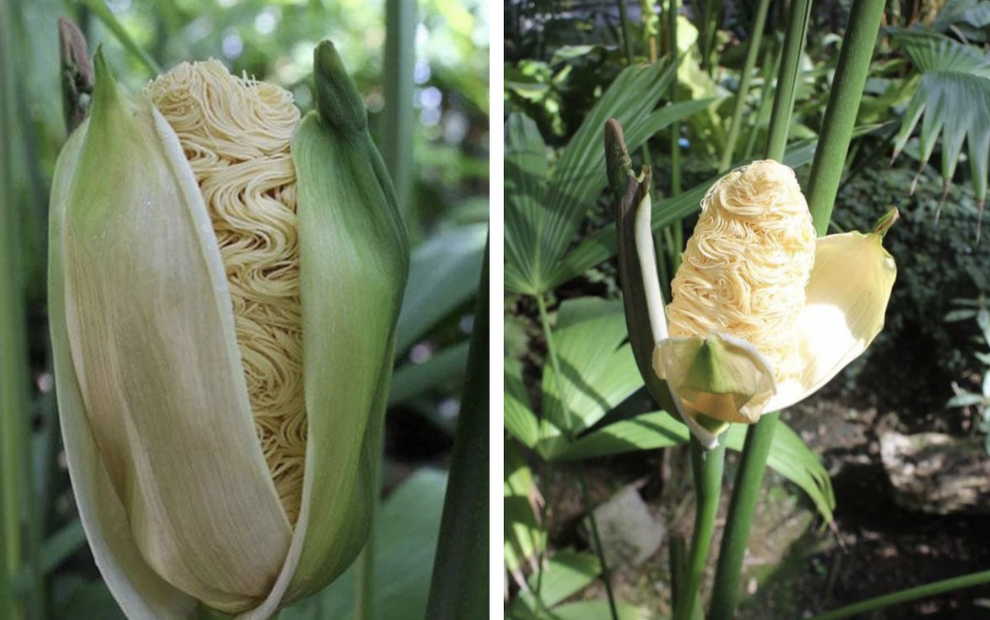
Toquilla palm originates from the herbaceous plant “Carludovica palmata”, 1.5 m to 2.5 m tall, with fan-shaped leaves. Species of this family have underground stems and rhizomes, so you can only see the leaves sticking out of the ground. The leaves are large, green, with leaf blades cut almost to the base. Because its shape is easily misunderstood, people have long jokingly called it the “sandwich tree”.
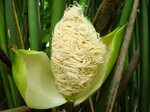
When flowering, the toquilla tree is shaped like a corn cob, with fibers twisted together inside, like instant noodles in an uncooked package. When it blooms, the strands unfurl and look like cooked instant noodles, very unique and interesting.
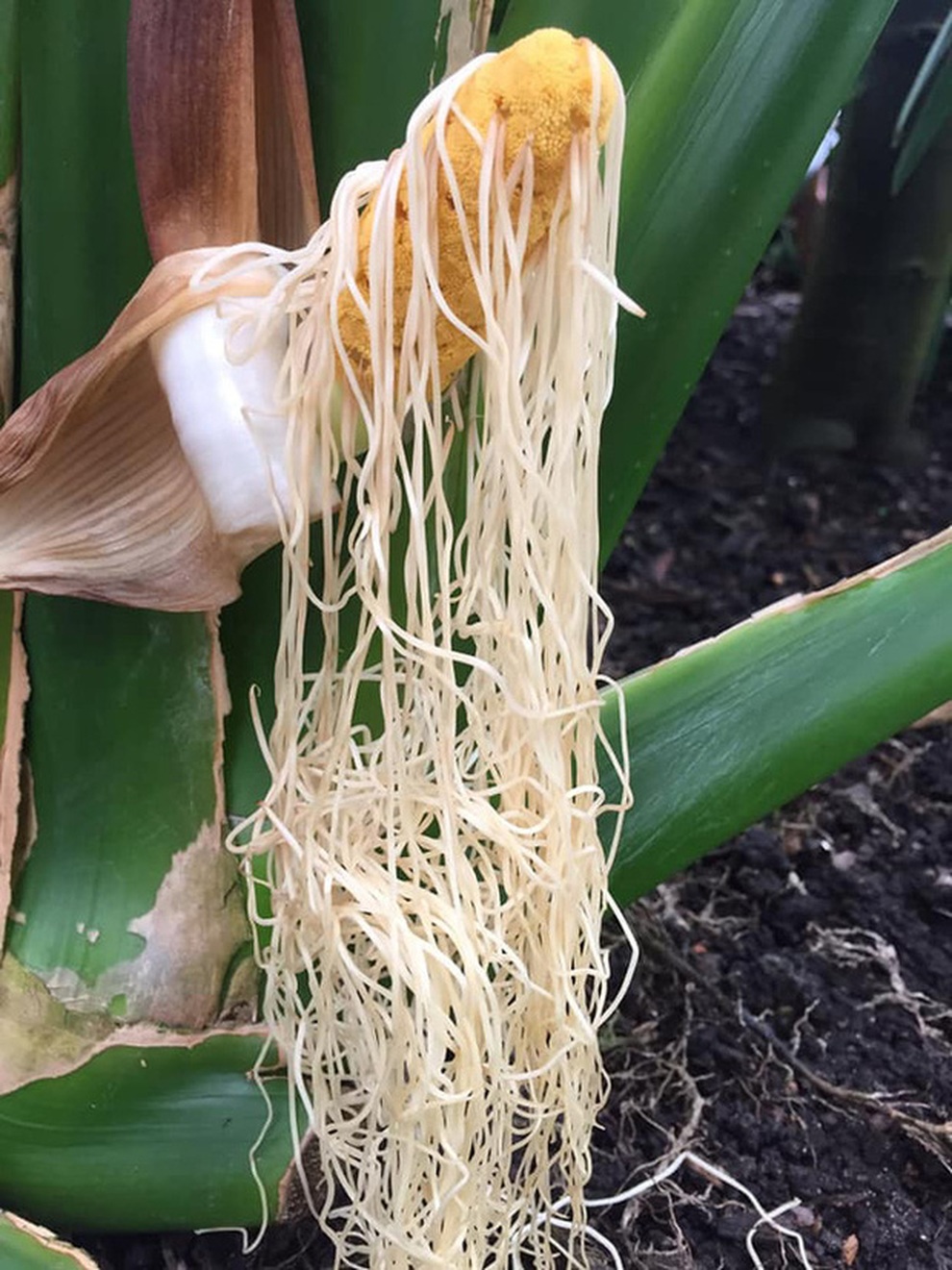
The arrangement of the flowers is very special, they are formed by 5 flowers made up of a central female flower surrounded by 4 male flowers. The female flower is submerged below the male flower and has 4 very long stamens emerging to the surface.
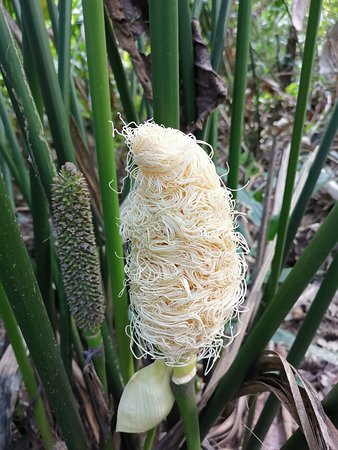
The toquilla palm is a very important species in the culture of the indigenous people of Ecuador.
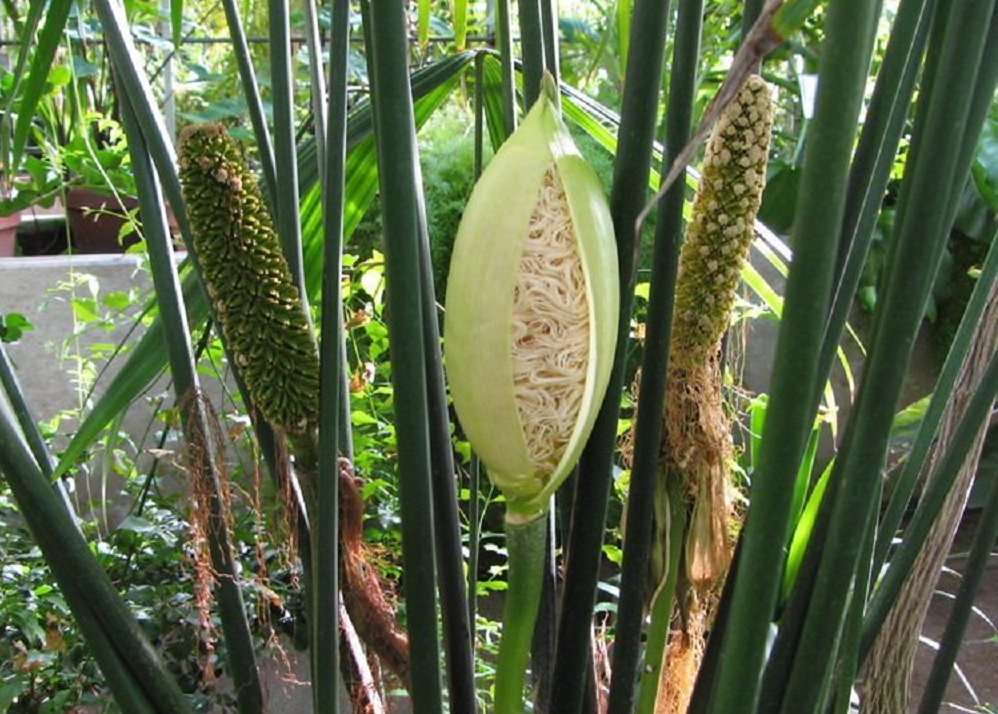
Toquilla is a wild plant, but today people often see this plant grown in coastal areas of this country.
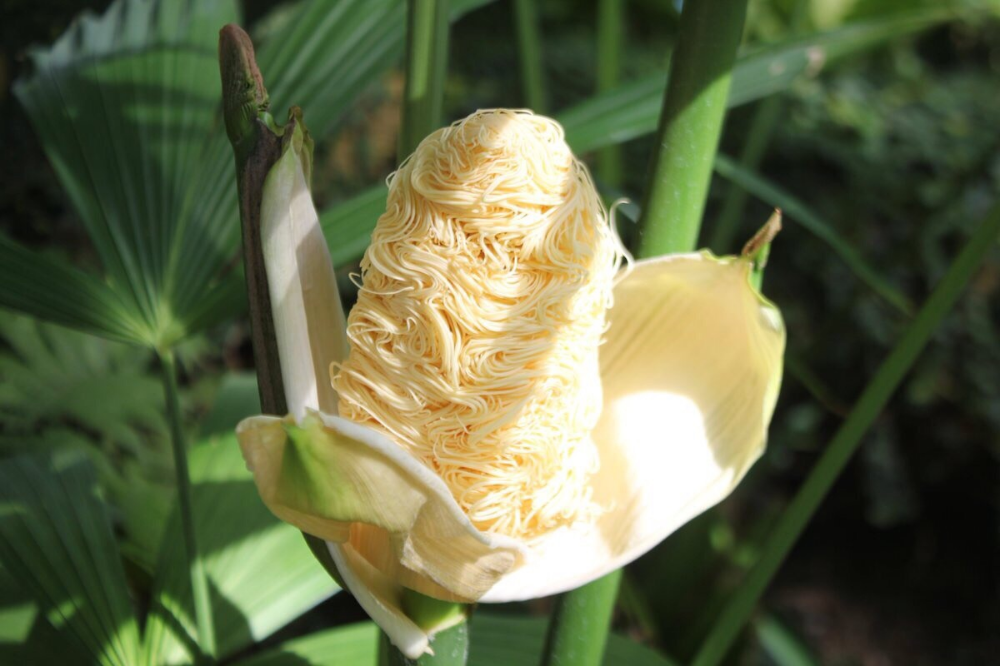
Toquilla became famous thanks to its leaves. Toquilla is the raw material to create the most expensive Panama felt hats on the planet.
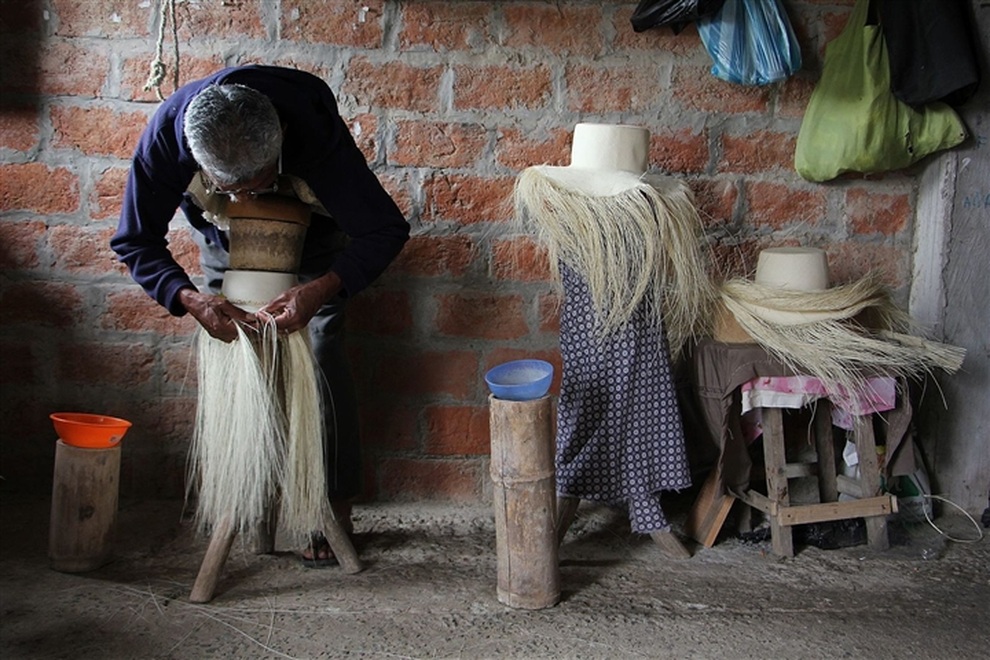
These sophisticated hats are sold to many of the world’s top politicians, businessmen and stars. There used to be a Panama hat that cost up to 25,000 USD and was highly appreciated by experts due to its extremely complicated craftsmanship. It is known that a high quality Panama hat takes more than 6 months to complete.
In addition, the fruit of this tree is also used by the Quechua people of South America as a food and medicine.





